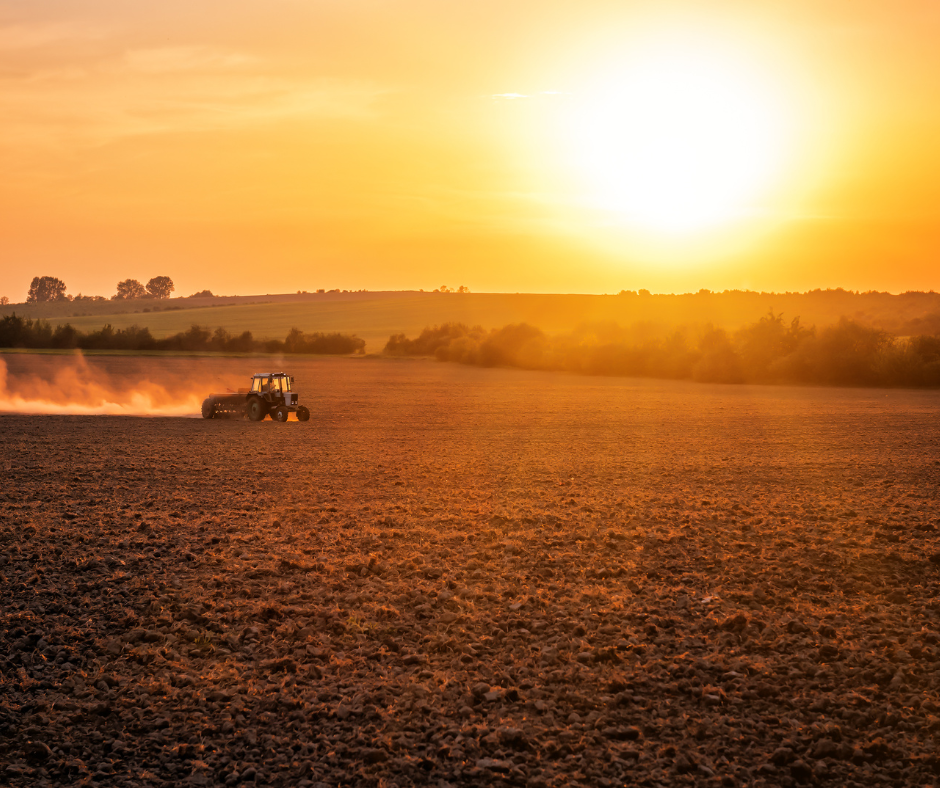Priming a Rural Renaissance: Isn’t it time?
Could the digital revolution be poised to breathe new life into rural America? For several reasons it seems inevitable, but thus far only the most ambitious of small rural towns seem to have been able to capitalize. For a number of reasons, however, a period of Rural Renaissance seems not only possible but predictable.
Somewhere between the back-to-basics shock dealt to our nation by 9-11 and the revolution brought on 20 years later by the remote-work discoveries of the Covid pandemic, rural America feels like it is on the precipice of reinvention. The question is how long this transformation might take.
Some decades ago, a concept was floated to abandon and depopulate struggling rural communities dotting America’s High Plains and return them to a state of existence simply called the Buffalo Commons. The concept was to restore and preserve large areas of the Great Plains region as a vast, interconnected nature preserve for the benefit of wildlife and the environment. The concept was largely viewed by many living in the Great Plains as a radical approach to address population decline, an economic crisis in agriculture and ecological concerns.
While the Buffalo Commons idea generated ample debate, it was thankfully not implemented. That is particularly true today, given the world of possibility brought on by digital innovation and connectivity, not to mention hundreds of millions in federal grants and loans focused on rural broadband expansion. According to the Agriculture Department, efforts to expand reliable broadband access to rural American bring with them greater opportunities for the basics of life – education and health care.
Rural access to high-speed internet service also stimulates job creation and sparks innovation that enhances rural economic development. But, even with those changes, questions remain about why anyone, especially younger Americans, would forego the robust social structure and convenience of Chicago, Illinois, for the perceived slower pace of locations such as Chisago, Minnesota.
A Rural Renaissance is now more in reach now than ever been. Advances in remote work and digital connectivity are making it possible for more people to live in rural areas while still participating in the modern economy.
But a mass migration back to the heartland is probably going to take more than a faster internet connection. Given decades of denigration of small towns in so-called “flyover” states as “backwater hinterlands,” there might be a lingering sense of inferiority. Overcoming that is going to take a little rebranding and a whole lot of collaboration.
It all boils down to quality of life. Those basics–education, health care, economic opportunity–are just the ante. To truly kindle a rural revival, people are going to want to feel societally connected. They are going to want to enjoy the full scope of modern life and all its conveniences. It’s going to require the kind of enhancements that recreate rural America as a destination people yearn to call home.
That might include features like picturesque parks, public art installations, and vibrant entertainment venues. Like in the days when they were settled, rural America has to be a place where dreams can take root. Building on their agrarian heritage, rural communities can become a hotbed for agritourism, farm-to-table adventures and rural artisan markets. Dining, entertainment, and retail options are essential, as are cultural events, music festivals, and art exhibitions to entice residents and visitors alike.
Agribusinesses and organizations focused on a rural customer base have almost as much to gain. Add to that the possibility of building a highly advanced and professional rural workforce living among the people it serves. Such a pool of professionals likely would be motivated by a dedicated mission to serve as it would be driven by economic opportunity. It would be wise for those corporations to join hands as collaborative investors in enhanced branding and community engagement efforts.
The Rural Renaissance may not yet be upon us, but it is certainly on the horizon. We’ve not heard the call to return to America’s rural roots, to cherish the serenity of rural living, and to build communities that stand as beacons of progress in the digital age.
The defunct idea of Buffalo Commons might just be stampeded by opportunity, as individuals, companies, and communities become part of a transformative journey to reshape the face of rural America. It is a cause worth championing? We think it is.

